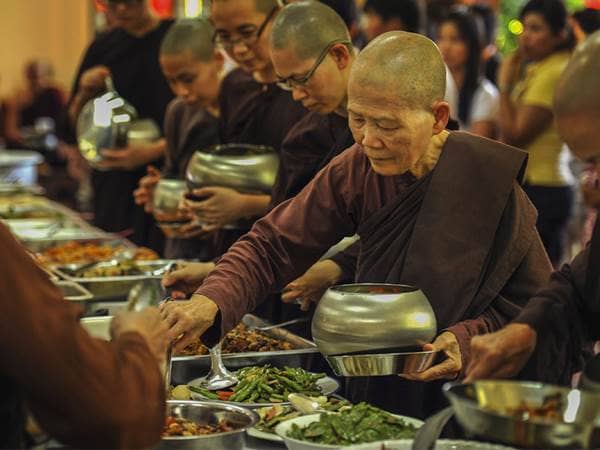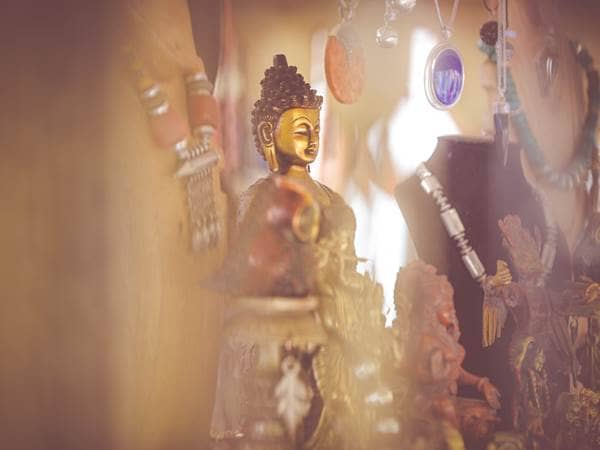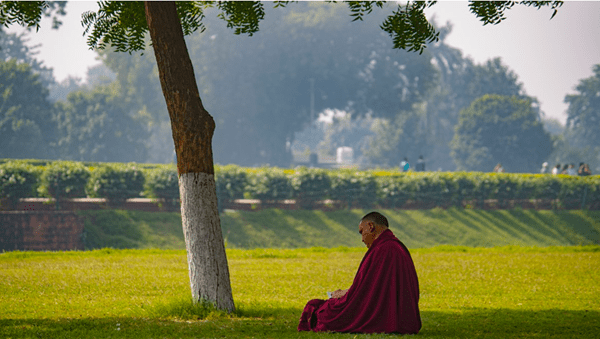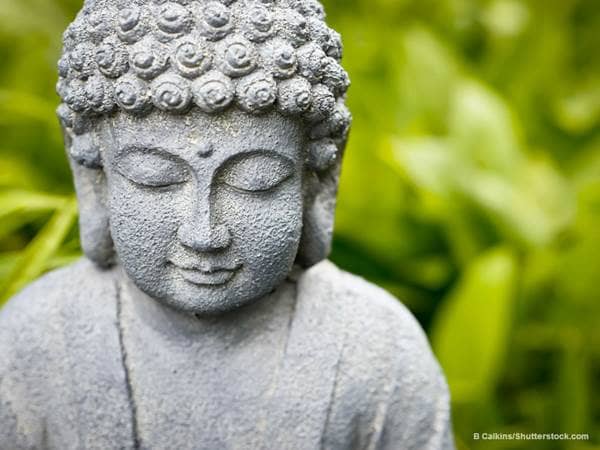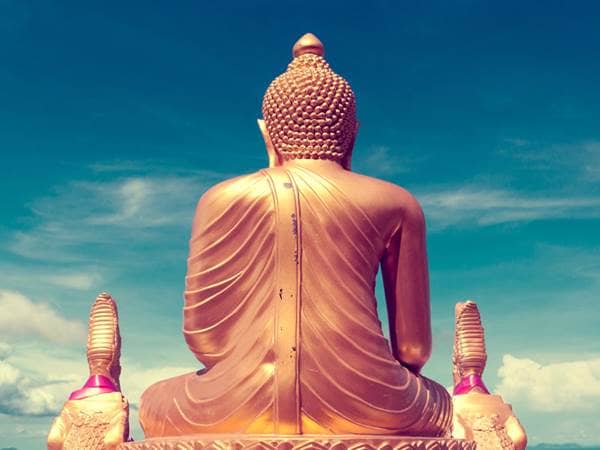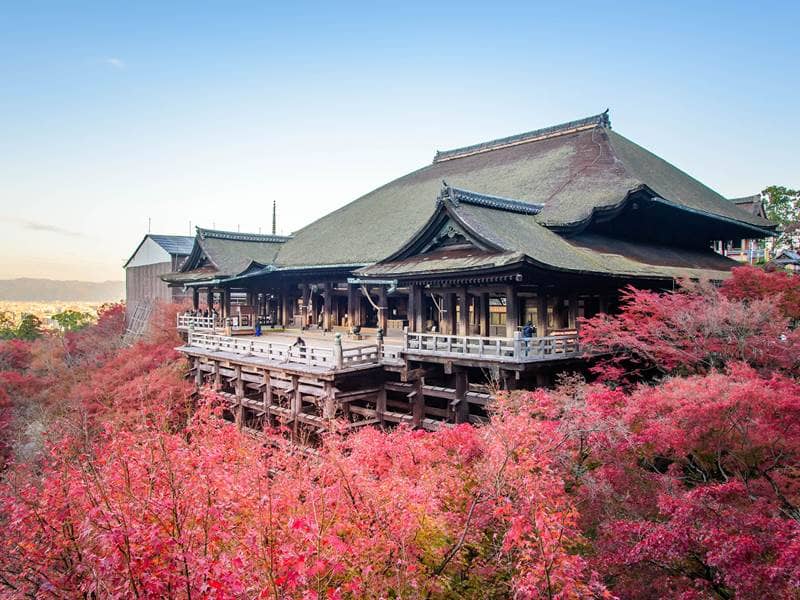
- Trending:
- Pope Leo Xiv
- |
- Israel
- |
- Trump
- |
- Social Justice
- |
- Peace
- |
- Love
The 100 Most Holy Places On Earth
Kiyomizu-dera

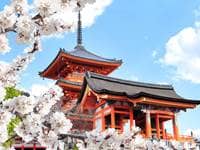
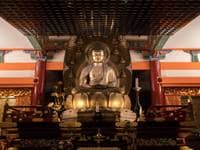
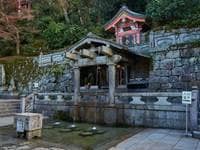
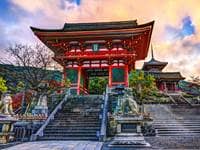
Associated Faiths:
Kitahossō Buddhism
Also frequented by Buddhists from other denominations as well.
Accessibility:
Open to visitors.
Annual Visitors - 4,500,000
History
The Kiyomizu-dera was the brainchild of a Buddhist priest known as Enchin Shonin. In the 8th century CE, Shonin experienced a vision in which he learned that he was to build the temple on a site next to the Otowa spring. A short time later (778 CE), a court noble named Sakanoue Tamuramaro expanded the temple site. Though the original edifice was constructed in the 8th century, the current buildings of the temple complex date from 1633 CE.
Kiyomizu-dera rests at the foot of Mount Otowa, which is part of the Higashiyama mountains—a prominent part of Kyōto’s landscape. Just beneath the main hall is the waterfall, fed by runoff from the Higashiyama mountains’ melting snow. The natural waterfall runs into a pond down below the main shrine, and into the nearby hills. There is a large balcony which rests on a series of pillars, providing a remarkable outlook from which to view the city and the waterfall.
The temple’s original affiliation was with what has been called a branch of Chinese Buddhism, which itself developed out of the Indian Buddhist Yogācāra system of belief. However, as of 1965, the temple has instead associated with the Kita-Hossō sect, which is a distinct form of Japanese Buddhism. Shifts such as this are not uncommon in Buddhism and Hinduism. Both religions are traditionally quite fluid.
The temple is named after a waterfall around which the temple complex was constructed. Hence the name Kiyomizu, which means “pure” or “clear water.” (“Dera” is the Japanese word for a Buddhist temple.) So, this is literally the “Pure Water Temple.” Water is a common symbol in Buddhism—representing purity, calmness, and charity, but it is also seen as a life-giver.
While the architecture of Kiyomizu-dera is not unique in its appearance, the fact that its main hall was built entirely without nails or screws makes it a structural wonder. This use of all natural materials to build the shrine is somewhat common in Shinto. In Japan, Shinto and Buddhism are often indistinguishable, and the influence of Shinto on Buddhist shrines is hard to miss.
The main hall was designed to house the temple’s focus of worship, which consists of a small statue of Kannon, the goddess of mercy or compassion. This eleven-faced and thousand-armed goddess is very popular in Japan, and often goes by various names (such as Juichimen Kannan or Senju Kannon). The multiple faces (omniscience) and multiple arms (omnipotence) are symbols of the deity’s powers and nature. While these specific symbols are more common in Hindu iconography, they are no rare in Buddhist either.
In addition to the main shrine, which honors Kannon, on the grounds of the temple are other shrines, including one dedicated to Ōkuninushi—a kami or spirit of “good matches” or “love.” Thus, the shrine is visited by many as the equivalent of a good luck charm, and as a place to seek the fulfillment of wishes one cannot make happen on one’s own. Beliefs and practices such as these evidence the popularization of religion, making it attractive to the masses by emphasizing its aspects which might not be central, but which might have some measure of universal appeal.
Religious Significance
The Kiyomizu-dera serves as “sacred space” in a different way than many “holy sites” would. We are not being critical when we say that many who make their way to this shrine do so in the hopes of some “good luck,” more than they do to honor or worship a god. Thus, in some ways, this Buddhist temple might seem out of place with the other “sacred spaces” we have discussed herein.
Of course, with the main shrine being dedicated to Kannon, the goddess of mercy or compassion, it is understandable that someone might make a pilgrimage to this site if he or she is in need of some measure of divine compassion or mercy. Indeed, some have been known to make a trip to Kiyomizu-dera specifically because of some life-threatening condition which might shorten the span of the believer’s life. Longevity is one of the three main blessings that the temple is said to offer, and the receipt of that—particularly in the midst of a major health scare—is seen as evidence of Kannon’s mercy or compassion.
Another very popular reason for making a pilgrimage to this site, held to be sacred by some, is to address challenges in one’s love life. The secondary shrine, dedicated to Ōkuninushi, is believed to have the ability to bring one a lover or partner. In the shrine are two “love stones,” which sit approximately 30-feet apart. Keeping their eyes tightly closed, those seeking love will try to walk directly from one stone to the other. If the pilgrim successfully walks the straight line from one stone to the other, it is believed that he or she will find the “true love” being sought. Sacred? Certainly to some!
An additional reason persons gather to Kiyomizu-dera has to do with the waters of its waterfall. The water runs through three channels down, and into the pool below the deck of the main shrine. Visitors to the shrine will capture some of the falling water and drink it, believing that it can provided the fulfillment of one’s wishes. One of the channels of water is said to offer academic success, another love, and a third longevity. However, to drink from all three on a singular visit is seen as promoting bad luck and a sign of greediness. Because the waters of Kiyomizu-dera are believed to be wish-granting, for about 250 years it was the custom to jump from the platform around the temple, plunging 43-feet into the pool below. Tradition stated that, if you did so successfully (without dying), your wish would be granted. As of 1872, the practice has been prohibited because of its inherent and obvious dangers.
In addition to these aforementioned things, the Kiyomizu-dera offers other kinds of “good luck” charms, in the forms of paper “fortunes” (or omikuji), talismans, and incense. The temple is a popular gathering site for various matsuri or festivals, such as Bon or New Years. Religious and non-religious alike are draw to it, and for their various reasons. Thus, while this site doesn’t strike us as “sacred space” in the traditional sense of the word, it is unquestionable that many gather here each year because they perceive this as a place of power, of luck, and of good fortune. Something each of us can appreciate and hope for.


